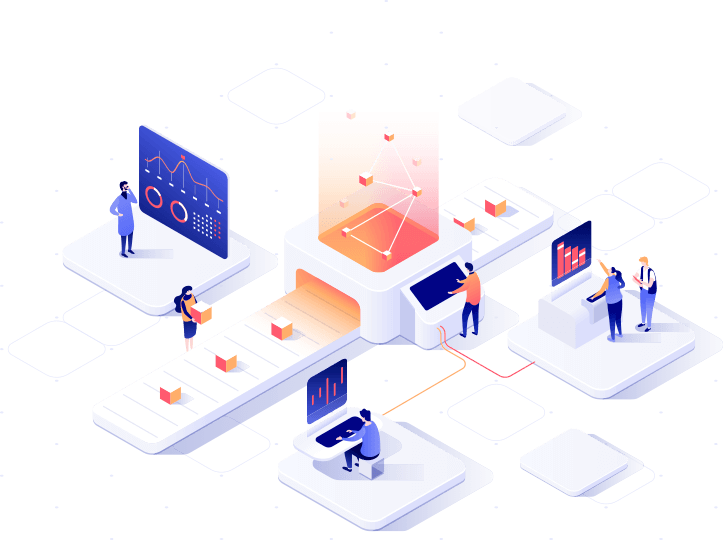The foundation for a new era of computing model, which is called mobile cloud computing, comes from the combination of cloud computing, portable computing devices, wireless communication, location based services, mobile Web, etc.. The mobile devices allow the users to access an unlimited computing power and storage space within the mobile domain. There are many hurdles to overcome in mobile cloud computing. The existing cloud computing tools tackle only specific problems such as flexible virtual machine, managing parallelized processing on massive data volumes, and large data storage.
Mobile devices inherently have and will continue to have limited resources as processing power, memory capacity, display size, and input forms. These have been the forming factors of existing mobile application approaches. This is why mobile computing is characterized by severe resources constraints and frequent changes in operating conditions. To identify the fundamental challenges in mobile computing, many research are done in this area. The full potential of mobile cloud applications lies in between the following two extremes:
1. Mobile clouds native applications (offline applications)
This is the first model that most of the applications available for modern mobile devices fall into, which is often called “native applications”. The periodical synchronization between the client and backend system is the main issue here. This model acts as a fat client because the processing of the presentation and business logic layer is locally done on the mobile devices, while the data is downloaded from the backend system. Most resources are available locally on the fat client, rather than distributed over a network as is the case with a thin client. As with everything in computer world there are advantages and disadvantages, below are some of them.
Offline applications advantages:
- Have a good integration with device functionality.
- A full access to device features.
- Have a great performance optimized for specific hardware or multitasking.
- Even if there is no network connectivity, always have available capabilities.
Offline applications disadvantages:
- No portability to other platforms.
- Complex coding.
- Increased time to market.
- Developers need to learn new programming languages.
2.Web applications (online applications)
This application model requires that the connection between the mobile devices and the backend systems are available most of the time. This application type is based on the Web technology that is a powerful alternative to native applications in which the cross platform issues are solved. The advantages of this model overcome some of the disadvantages of the offline applications, but it also has some disadvantage.
Online applications advantages:
- Considered as multi platforms.
- Directly accessible from anywhere any time whenever there is connection.
- The learning curve required to start creating mobile applications is greatly minimized, because the knowledge of most Web technologies is currently widespread among developers.
Online applications disadvantages:
- Too much introduced latency for real time responsiveness.
- Device’s features access is limited such as camera or motion detection.
- Difficulties in handling complex scenarios that require keeping communication session for long period of time.
When accessing remote data and services, mobile clients could face problems like, wide variations, rapid changes in network conditions and local resource availability. The execution of current applications could be partitioned to happen on the device or on backend systems, because of this statically partitioned one partitioning model does not satisfy all application types and devices. The computation of clients and cloud has to be adaptive in response to the changes in mobile environments. Mobile cloud applications must react with dynamical adjusting of the computing functionality between the mobile device and the cloud depending on circumstances, in order to enable applications and systems to continue to operate in such dynamic environments.
Many researchers work on how could dynamically shift the responsibilities between mobile device and cloud. Some shown how to achieve that is by replicating whole device software image or offloading parts of the application, so the offloading can happen to some remote data center, nearby computer or cluster of computers, or even to nearby mobile devices, due to the unstable mobile environments. Many factors need to be incorporated in a cost model, and fast predictive optimizing algorithms decide upon the best application execution, thus for many years to come mobile cloud computing will become challenging research area.
OneHoster is one of the best web hosting companies in Egypt, we offer many web hosting packages in Egypt and middle east like, cPanel storage hosting packages, cloud hosting, domain registration, dedicated servers solution, Email hosting, WordPress hosting, web hosting upgrades and hosting renewals to suit your requirements to host your website for small and medium sized businesses. OneHoster is also one of the top 10 website design companies, and top 10 digital marketing companies in Egypt and Middle east.
“OneHoster’s Team”






